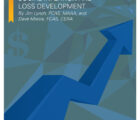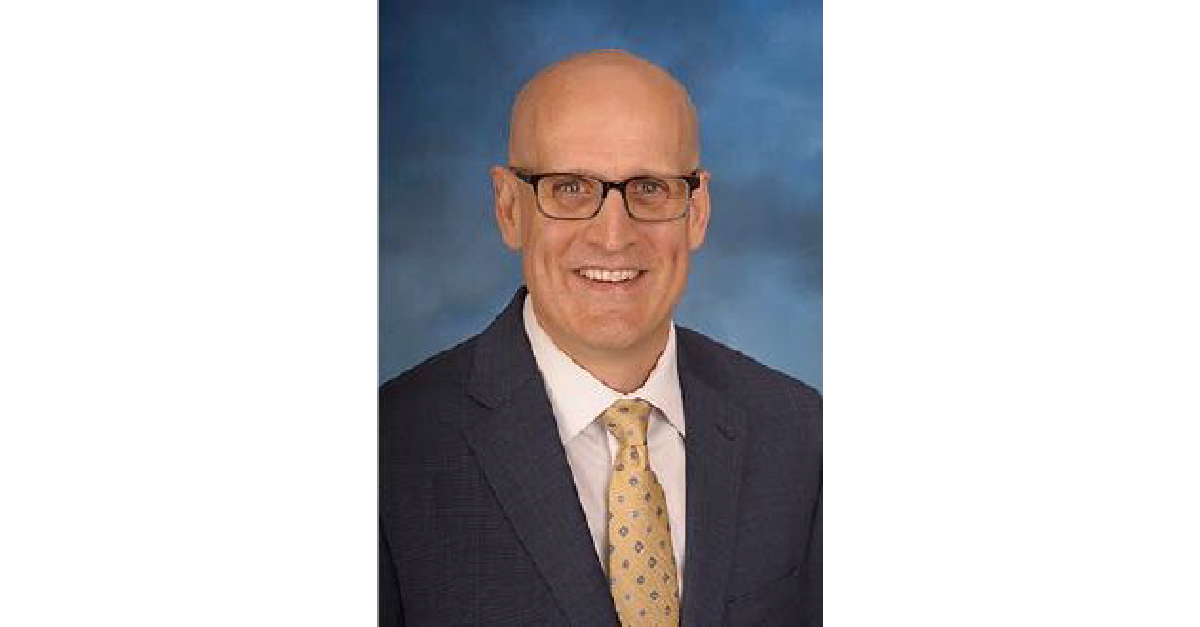
Racial injustice and discrimination became a prominent issue in 2020. As awareness of the true scope of disparate impact and discrimination has grown, property-casualty insurance — and actuarial techniques in particular — have come under greater scrutiny.
The key questions are as follows:
- Does insurance perpetuate inequities in biased systems?
- Do predictive models eliminate discrimination or make it worse?
- What can math-centric types like actuaries do?
- What is the CAS doing?
These were addressed at the CAS Annual Meeting in November 2020 during the general session titled, “The Actuary and Social Justice.” CAS Board Director Kudakwashe Chibanda led the discussion that included presentations from CAS President Jessica Leong; Board members Mary Frances Miller, founder and the senior consulting actuary with Select Actuarial Services; Talithia Williams, associate professor of mathematics at California’s Harvey Mudd College; and Tomantha Kyle, a senior data scientist in analytic marketing for PayPal.
A brief history of inequity
Kyle provided a historical perspective by describing the Black experience in America from the arrival of the first slaves in 1619 and pairing the history with landmark events in the insurance industry’s treatment of Blacks.
The historical record shows occasional advances. The country had anti-slavery societies as far back as 1775 and slavery was abolished with the end of the Civil War. Black wealth grew at the turn of the 20th century, and Congress passed the Civil Rights and Fair Housing Acts in 1964 and 1968, respectively.
Insurance also had progressive moments. The first Black actuary, Asa T. Spaulding, practiced in the 1930s. Major life insurance companies retired race-based mortality tables in the 1960s.
But these advancements are punctuated by far too many setbacks.
The freedom won by Blacks was accompanied by a fierce backlash through the 1920s, when membership in the Ku Klux Klan encompassed about one American in 20. Even after World War II, laws like the G.I. Bill, which encouraged prosperity and wealth accumulation through education and homeownership, systematically excluded Blacks. This robbed Blacks of a boost into the middle class.
Slave insurance was a booming business in the 1840s; owners would rent out enslaved people and insure against the chance that they would be injured while working for others — an early, disgusting example of industrial risk management. Kyle said that there were as many Southern enslaved people so insured as there were Northern Whites purchasing life insurance. Insurers also practiced redlining — refusing to write in areas with large Black populations — well into the 1960s.
Insurance also had progressive moments. . . But these advancements are punctuated by far too many setbacks.
Inequities persist today. Kyle showed that many communities — her example is New York City — are as segregated now as they were decades ago. And today, while 7% of all U.S. households lack a checking account, 20% of all Black households do.
Kyle says that her goal is to help people “relook at our modern-day approaches” to address past injustices because government and regulations have not successfully dealt with the problems.
Miller examined insurance’s role in perpetuating injustice today. She started from the heart of insurance pricing law, something virtually all casualty actuaries have memorized: An actuarially sound rate is “not excessive, not inadequate, and not unjustly discriminatory.” Those laws harken back to the 1800s, she said, when wealthier people could negotiate lower rates.
Much of today’s discussion on race and insurance focuses on a different issue: disparate impact. The term comes from a court case in which a public utility used a job test on which Black applicants scored lower; the test had no bearing on the ability to do the job. The court determined that it did not matter whether the employer consciously used the test to screen out Blacks but that the test acted as a screen and was evidence of discrimination.
Unfair discrimination and disparate impact are not the same thing, Miller pointed out. Unfair discrimination focuses on the inputs — the rating variables that insurers use to distribute costs. Disparate impact focuses on the outputs — whether some groups are charged more than others.
You can have one without the other, but Miller said that there can be times where apparently fair discrimination leads to disparate impacts.
“So maybe it’s time we started to rethink our assumptions,” Miller said.
Algorithm decision-making: The good and the bad
Williams, the faculty member on the panel, laid out the pros and cons of algorithmic decision-making.
The pros:
- It can handle lots of data. This is always a positive point.
- It can avoid certain biases. Williams cited an example showing that judges give more lenient sentences after lunch — a bias absent from a sentencing algorithm.
The cons:
- The model is a black box. Thus, no one can tell what reasons led to its conclusions.
- The model may have been constructed from biased data. Williams showed a blurred picture, but clear enough to show former President Obama. She then showed how facial recognition software unblurred the photo, turning Obama into a White man. Early iterations of facial recognition software misrecognized Blacks and Asians 10 to 100 times more often than Whites. The software was trained on photos with relatively few Blacks, Asians or Latinx people.
Sometimes the bias can have devastating effects. Software that identified high risk health patients had been unintentionally, but systematically, discriminating against Black people. It assigned Blacks lower risk scores even when they were just as sick as their White counterparts. The software rated health by the amount spent on a person’s health care not realizing that the average amount spent treating Blacks was less, on average, than Whites with the same diagnoses.
“Even today we can create algorithms that we think are bias-free — that avoid inequities — even when they don’t,” said Williams, who offered the following recommendations for actuaries and other number-crunching professionals:
- Do not ignore potential discrimination. When creating data sets, collect information on race and gender. Run regular reports and occasional audits to look for inadvertent discrimination — and disclose your findings.
- Make algorithms “discrimination-aware.” Set explicit objectives to treat Blacks and Whites equally.
- Control the dissemination of information that might let others discriminate. She cited an example of Uber revealing a picture of the rider to the driver, and vice versa, after the ride has been booked. This prevents either from being rejected because of their color.
Actuaries and statisticians, Williams said, need to “move the needle when it comes to bias and prejudice in the work that we do.”
The work to be done
CAS President Jessica Leong addressed some of the current trends in the world of insurance as well as what the CAS is doing.
- The National Association of Insurance Commissioners has created a special committee on race and insurance with a broad mandate to look at diversity in hiring and promotion. The special committee will also examine whether current insurance practices, like rating, put minorities at a disadvantage. It will make recommendations in both areas.
- Introduced in September 2020, the Prohibit Auto Insurance Discrimination Act seeks to make insurance companies use only insureds’ driving records and driving abilities to set rates. The bill’s sponsor asserts that insurance scores are proxies for income; insurance industry groups oppose the measure. (Note that using driving records could create disparate impact if moving violations and accidents are included.)
- In October 2020, the CAS Board of Directors adopted a strategic approach to racial equity and created a new Board committee specifically dedicated to diversity, equity and inclusion (DE&I).
- The CAS is considering including race-based issues as part of its basic and professionalism education.
Most in the audience seemed to agree with the approach. For a polling question that Leong posed, 94 percent of the audience responding agreed that “the CAS should show leadership and collaborate on the topic of race in insurance.”
Leong concurred. “It is somewhere that we can lend a lot of thoughtful guidance,” she said.
To learn more about volunteering for DE&I initiatives with the CAS, contact volunteer@casact.org.
James P. Lynch, FCAS, is chief actuary and vice president of research and education for the Insurance Information Institute.












